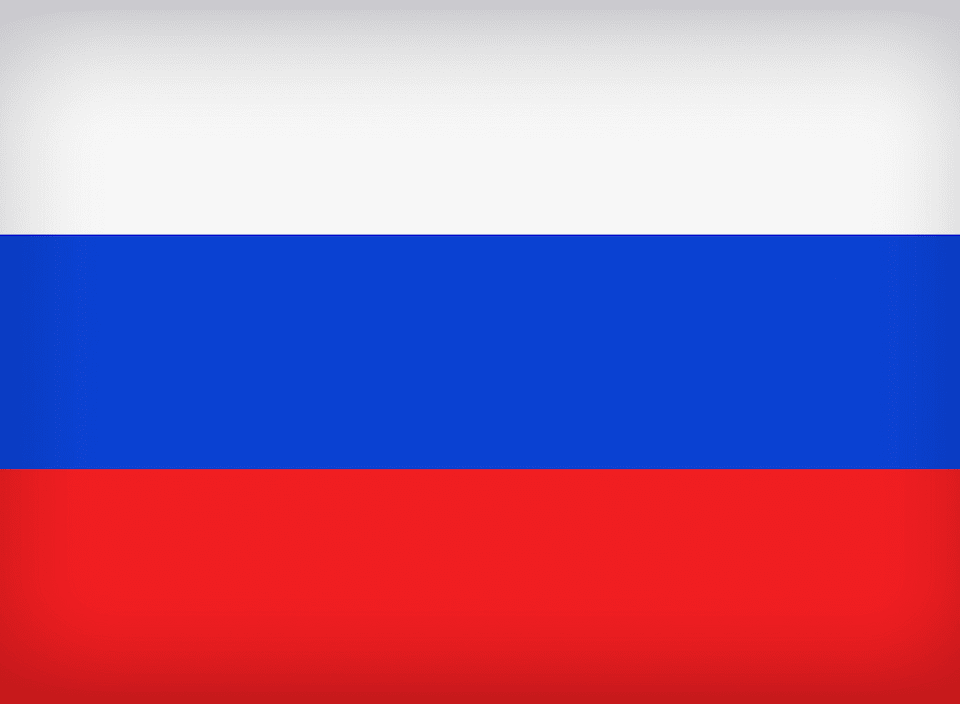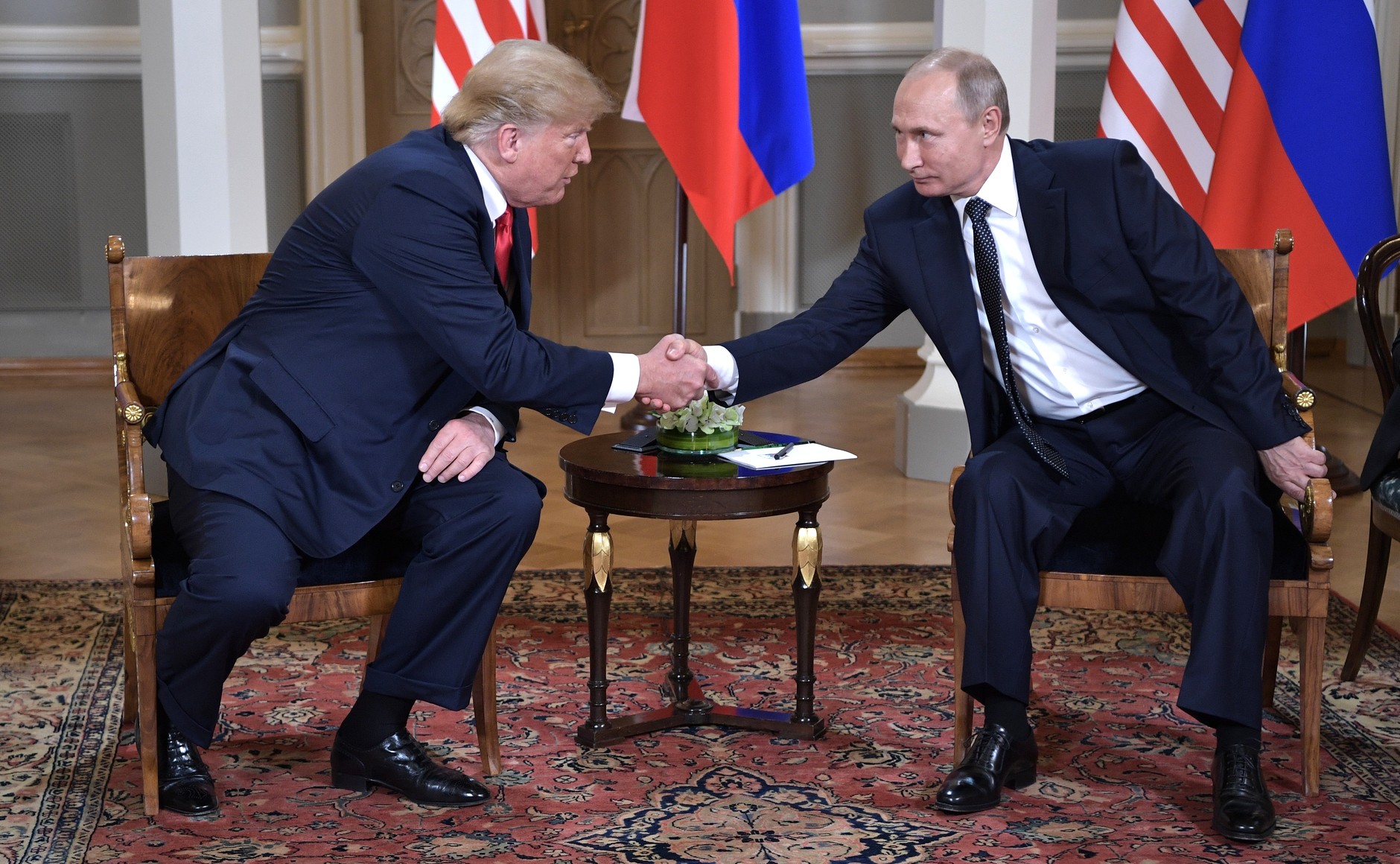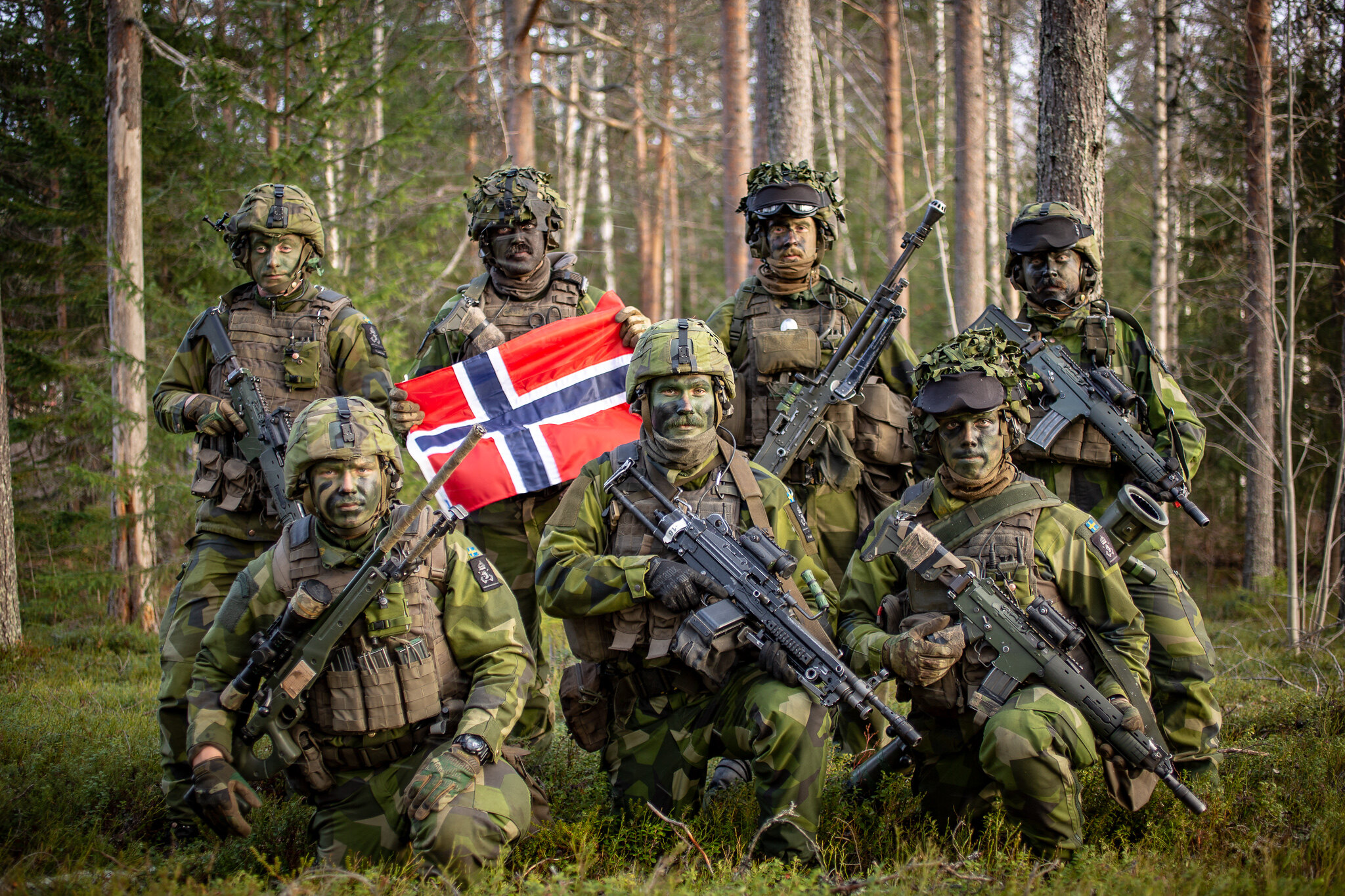Meeting of BRICS foreign ministers in Cape Town on June 1-3 will discuss a radical expansion of the organization.
In 2002, the GDP of the BRICS countries (Brazil, Russia, India, China and South Africa) was only 19 percent of the global GDP. In the same year, the share of the "G7" exceeded 42 percent. That is, the western world, led by the U.S., had an overwhelming economic advantage. As of 2022, this ratio has changed radically. The BRICS accounted for 31 percent of global GDP, while the G7 countries accounted for 30 percent.
In the very near future, this balance will change radically in favor of BRICS because of its expansion. On June 1-3, the so-called "legislative capital" of South Africa (which holds the BRICS presidency), Cape Town, will host its annual meeting of the association's foreign ministers. BRICS expansion issues will also be discussed. They have been on the agenda before, but they were approached conservatively because of the position of, first of all, China and also Russia. However, the situation is changing now. The Friends of BRICS conference is scheduled for June 2, and the foreign ministers of 15 countries have been invited there.
The discussion of expanding the union was initiated last year by Beijing, which held the rotating presidency. In the 17 years of its existence, the BRICS expanded only once, in 2010, when South Africa was admitted. At that time, the letter "C" had to be added to the name. In the case of a radical expansion, the association may receive a different name. But the essence will not change – it is still a group of countries that have their own interests, different from the collective West.
According to South Africa's ambassador to the BRICS, Anil Suklal, currently 13 countries have officially expressed their desire to become members of the BRICS and another six unofficially. These include Iran, Argentina, Algeria, Egypt, the UAE, Bahrain, Indonesia and others. "The expansion of BRICS will be discussed during the current South African presidency," Suklal said. – "We are receiving applications to join almost every day."
According to other data, about 30 states are interested in joining the BRICS. These include Afghanistan, Bangladesh, Belarus, Kazakhstan, Mexico, Nicaragua, Nigeria, Pakistan, Saudi Arabia, Senegal, Sudan, Syria, the United Arab Emirates, Thailand, Tunisia, Turkey, Uruguay, Venezuela and Zimbabwe. It is unlikely that all of them will gain membership in the BRICS at the next summit to be held in Cape Town in August this year. But we should expect some expansion of the association by the end of the year. Algeria, Argentina and Iran have applied to join the organization; Saudi Arabia, Turkey and Egypt are on the way.
Brazilian Foreign Minister Mauro Vieira said on April 25 that if the BRICS countries agree on expansion, Brazil's candidate would be Argentina.
At the Eurasian Economic Youth Forum in Yekaterinburg, Argentina's ambassador to Russia, Eduardo Suain, said that his country has been invited to the summit in Cape Town and that its accession to BRICS will most likely be decided in South Africa this summer.
If expansion were to occur and other countries were to join the organization, the balance of power in the world would shift radically in favor of the non-Western world, and the BRICS would play a much greater role than it does now.
BRICS was created in June 2006, during the St. Petersburg Economic Forum by four countries – Brazil, Russia, India and China. Later South Africa joined the BRICS. Currently, the member countries of the organization have a total area of 39,746,220 km2 and the total population is estimated at approximately 3.21 billion people, which is about 26.7% of the world's land surface and 41.5% of the world's population. Four of the five members are among the world's top ten countries in terms of population, area and GDP, with the exception of South Africa, which ranks twenty-third in both indicators. The BRICS countries are among the five most attractive places for future foreign investment because of cheap labor and natural resources. The BRICS has a Development Bank, a pool of contingent foreign exchange reserves and institutions to promote interstate economic cooperation.
The engine of the BRICS is China, the world's first economy in terms of purchasing power parity, whose GDP is growing annually by 5-7 percent. This country produces about a third of the world's industrial output. India is the fastest growing major economy in the world, with the world's largest population and labor force.
The peculiarity of the BRICS is that the economies of the member countries are complementary; their unification and closer cooperation can contribute to explosive economic growth of the entire community.
But this is not the only point. Unification makes it possible to gradually abandon the Western-centric financial system, based on the dollar, to form its own powerful institutions of development and rating, alternative to the IMF and the World Bank.
On May 23, Russian Prime Minister Mihail Mishustin met in Shanghai with the new head of the New BRICS Bank and former Brazilian President Dilma Rousseff. It is clear that such figures are not just at the helm of the organization. "We see one of the main goals of the bank as protecting BRICS economic ties from illegitimate sanctions by the collective West," Mishustin said. – "The successful functioning of the bank will contribute to strengthening economic and investment cooperation in the BRICS format..."
The Financial Times columnist Martin Wolf, in his lengthy article on the subject, has already predicted the end of American hegemony and G7 domination. Apparently, like all Western columnists, he wanted to sensationalize, but the observer has detected an objective trend.
Next year the BRICS presidency will go to Russia. "Russia aims to enhance the role of BRICS in solving international and regional problems and in the formation of a fair democratic multipolar world," outlined Russia's priorities, Prime Minister Mihail Mishustin.





